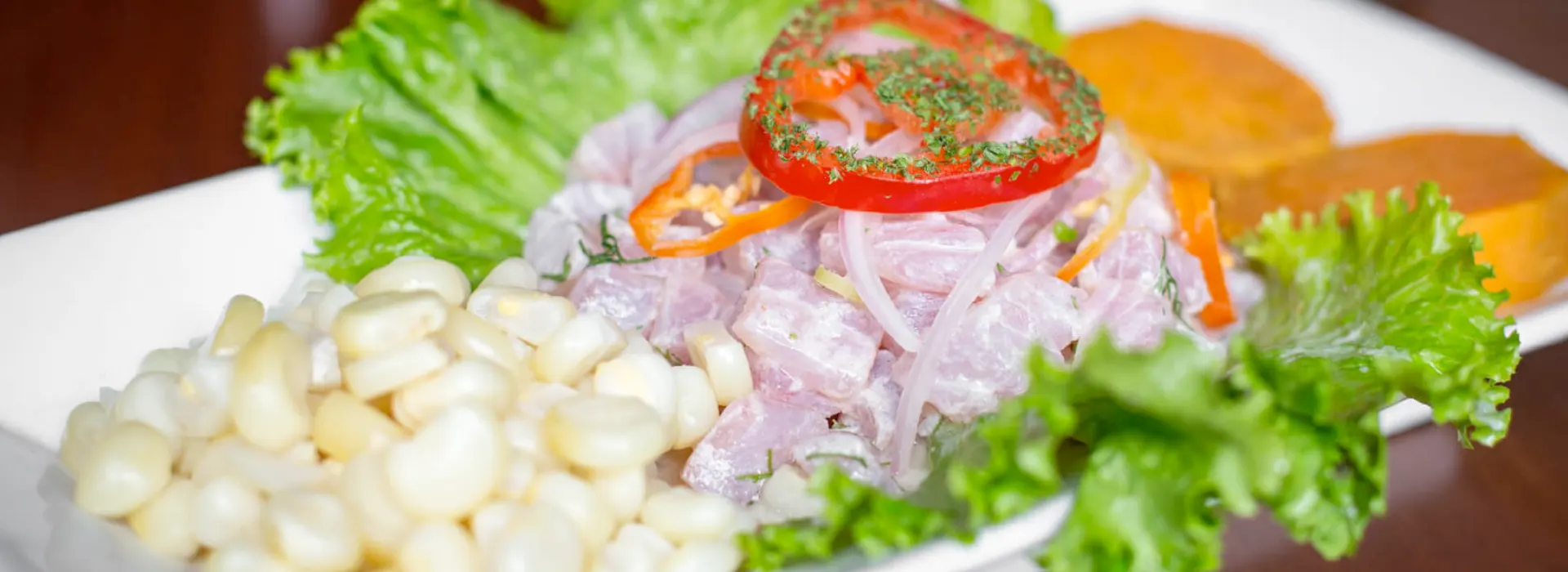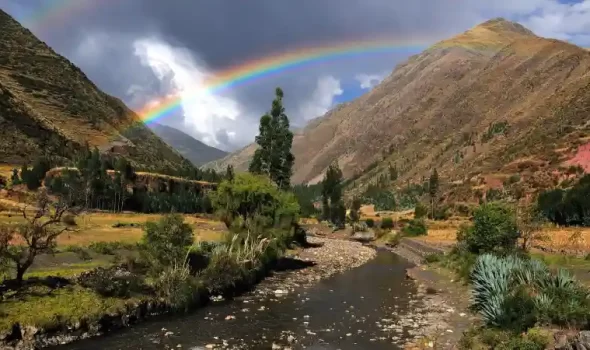1.- Peruvian Food awarded and acclaimed worldwide
- Cultural Heritage of the Nation on October 16, 2007.
- In addition, he has received numerous awards, for example:
- Cultural Heritage of the Americas in September 2011.
- Lima was named by National Geographic among the Top 10 Culinary Destinations in the world in 2016.
- Peru was chosen as the World’s Best Culinary Destination 2019
- Restaurants such as “Maido” and “Central” -both in Lima- entered the list of the 50 Best Restaurants in the World in 2019.
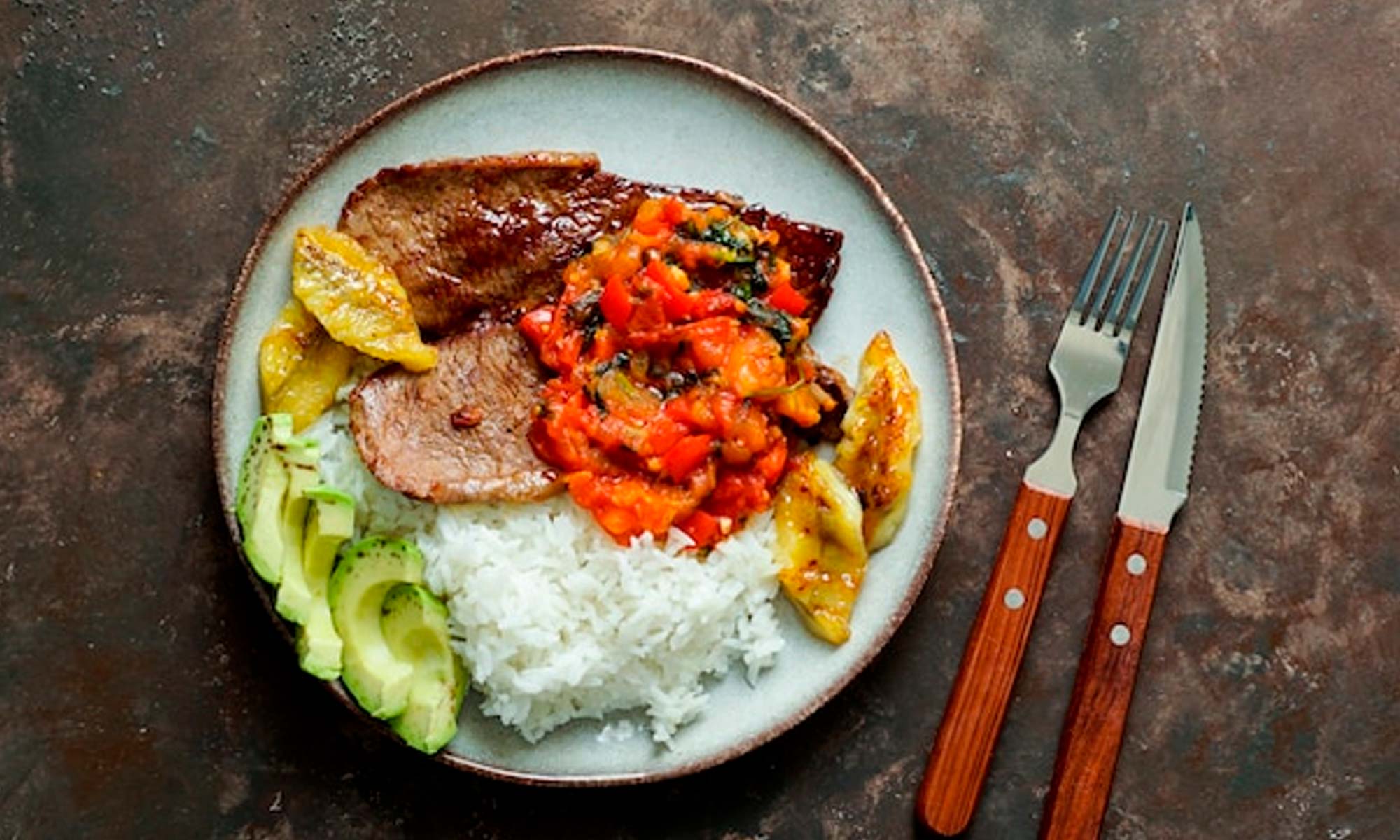
Peruvian Food
2.- Peruvian Food: The Fusion of Cultures
Foreign recipes in which original ingredients are substituted by native ingredients or the other way around, Peruvian recipes to which some ingredients are added or changed for traditional products from other cultures.
3.- Nikkei, a sophisticated combination in the Best Peruvian restaurants
The Japanese-Peruvian fusion cuisine is known as Nikkei: with ingredients such as rice and fish; and typical Peruvian products, such as chili peppers and grains. Within this fusion you can enjoy Peruvian Food you can enjoy dishes such as: Ceviche, Tiraditos.
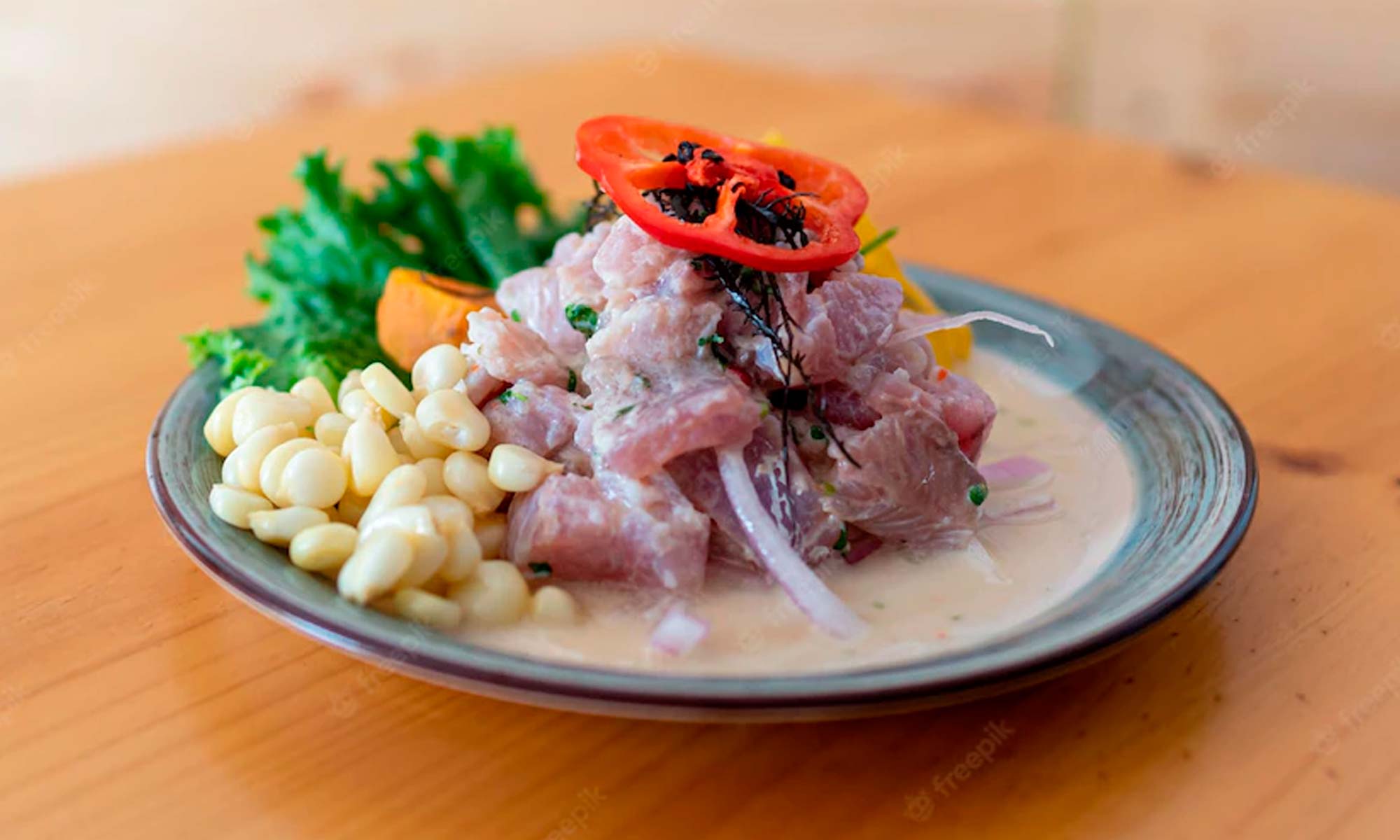
Maquis, Tacuchaufa of rice, Tuna Sashimi, Salmon Sushi accompanied with Creole sauce, Octopus with olive tree, Chifa, the most popular fusion
As for Chinese food the most famous dishes are:
- Chaufa rice.
- Wantan soup.
- Chi jau cuy.
- Winding of alpaca.
4.- Peruvian cuisine with Italian fusion
Within the Italian-Peruvian fusion we find the following dishes
- Chard pie.
- Mondongo Italian style.
- Green noodles with fried eggs or steak.
- Red noodles.
- Menestrone soup.
- Pizza of lomo saltado.
- Chili pizza.
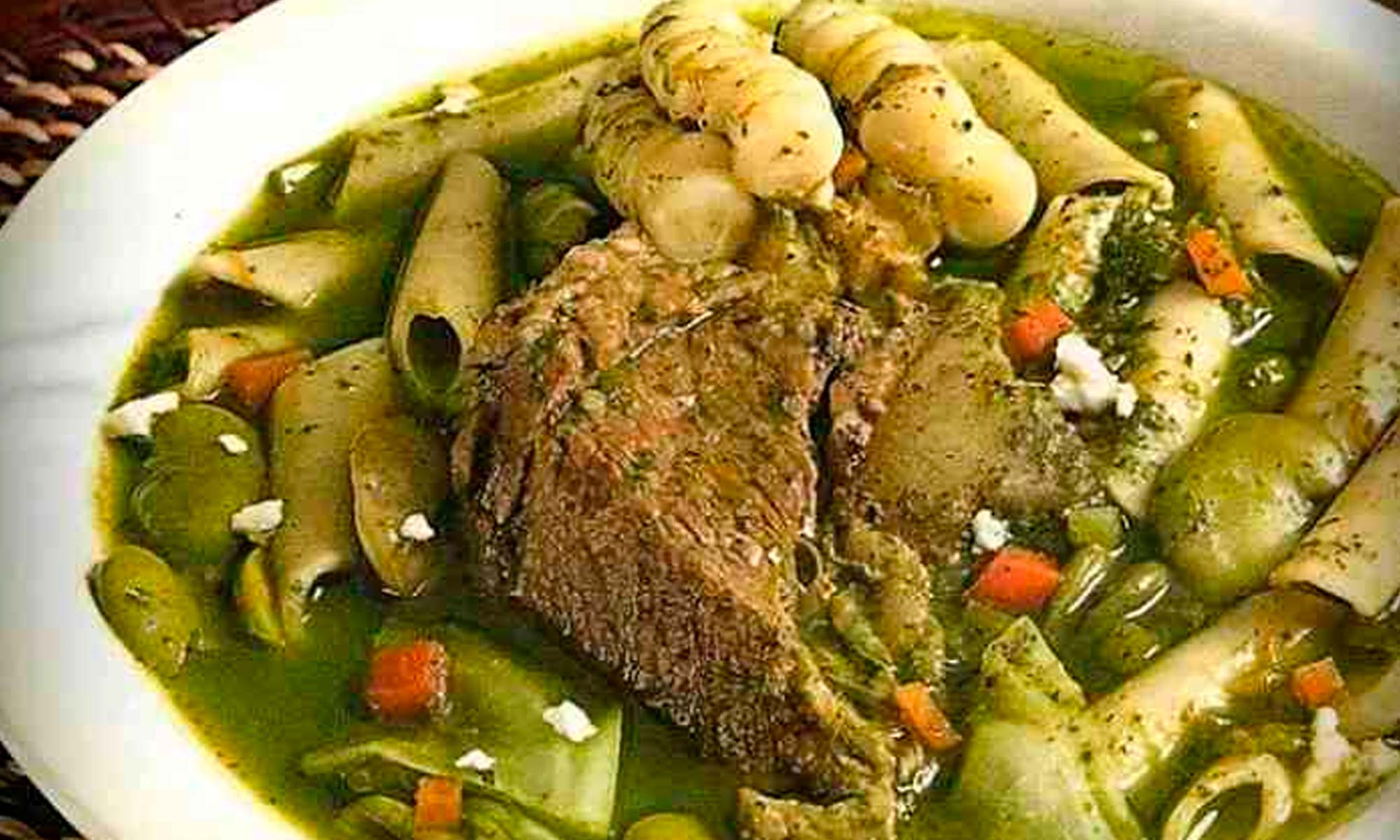
5.- Traditional ingredients used in Peruvian gastronomy
Peru is a country with countless regions with Best Peruvian Ingredients , that is why we also have a great variety of ingredients for all dishes, from the coast, highlands and jungle of Peru, we are sure that on your trip to Peru you will be delighted with so much variety.
Peruvian cuisine has fresh raw materials of excellent quality and great variety: fish, seafood, fruits, vegetables, potatoes, peppers, corn, spices, avocados, quinoa, aguaymanto and much more, which offer high nutritional value and special flavors.
In addition, among the beverages we can enjoy pisco and its countless preparations, the country’s cultural heritage drink.
Peruvian gastronomy has centuries of experience and development, and fusions with other foreign dishes have created an enormous diversity of dishes for all tastes.
All this has made Peru a power in gastronomic tourism that you cannot miss.
6.- Peruvian gastronomy in each region of the country
As well as the gastronomy of many countries, Peruvian gastronomy has characteristic dishes for each region.
Let’s see what Peruvian food is like in each region:
7.- The sierra and the mountains: powerful and nutritious dishes
Here, visitors will find an excellent gastronomy with flavors and colors that make each presentation unique.
One of the most representative dishes of the region is the pachamanca, made with a variety of meats -such as chicken, pork, beef, sheep and guinea pig- (See tours in Cusco and Tours in Arequipa) seasoned with aromatic herbs and cooked in earth ovens.
Other very good examples are:
- Fried trout: this fish, high in minerals and vitamins, is an essential part of the diet of the Peruvian highland populations. In restaurants, it is served with potatoes, salads and different local sauces.
- Caldo de Cabeza de Cordero (lamb’s head soup): This soup has an intense flavor and is a favorite of the Peruvian Andean people; the lamb’s head is boiled for hours, then cleaned and chopped, accompanied with potatoes, rice and salt to taste.
- Sopa de pataca: this dish is also prepared in other Latin American countries. Its main ingredient is cow tripe, and it also contains beef chunks and different vegetables.
- Cuy chactado: the Cuy is a typical animal of Peruvian gastronomy, and the cuy chactado consists of the cuy fried in abundant oil, making its meat so soft and delicious, it is accompanied with sauces, french fries and salad.
8.- The coast: fresh and simple recipes
In addition to good Peruvian gastronomy, the delicious beaches will accompany you on your gastronomic route through Peru.
Fish, yellow and red peppers, seafood, potatoes and rice are present in most of their recipes.
Undoubtedly, the most popular dish is ceviche, a delicacy of Peruvian gastronomy with a simple preparation: basically, it consists of pieces of fresh fish that are left to macerate in a container with lemon juice for approximately 20 minutes, to which red onion, coriander or cilantro, chili bell pepper and salt are added to give it intense aromas and flavors.
9.- Other typical dishes of the coast are:
- Rice with seafood: It has prawns, clams, squid and other delicious sea species.
- Stir-fried noodles: it is a dish that has a Chinese influence, together with the best of Peruvian gastronomy. It has beef, generally beef tenderloin cut into strips, yellow chili, cumin and others.
- Jalea de pescado (fish jelly): this is one of the simplest dishes to prepare in Peruvian gastronomy. It consists of fish fillets, such as: cheetah, sole, sea bass and tilapia – floured, seasoned with different chili peppers and bathed in creole and tartar sauce.
- Coritos a la chalaca: it is a dish of mussels stuffed with onion, coriander, lemon juice and other ingredients.
- Green rice with seafood: it is similar to the traditional rice with seafood with the difference that a green variant is used.
10.- Gastronomy in the jungle with special flavors
Amazonian gastronomy has sophisticated and exuberant flavors that mix unique ingredients such as tropical fruits and river fish such as piache.
Among its most acclaimed dishes are:
- Juane: this dish from Moyobamba is a kind of large tamale, made of rice with eggs and chicken or hen.
- piache: Based on river fish, which is seasoned with spices typical of the Peruvian jungle.
- Inchicapi: is an Amazonian soup that captivates all visitors for its peculiar flavor and diversity. It is based on domestic chicken accompanied by liquefied peanuts, which gives it a special and unique taste.
- Fish casserole: includes different Amazonian fish and mollusks, which makes it a very varied and delicious stew.
- Chonta salad: In the San Martin region, families eat chonta (or palmita) salad every day, but it becomes even more popular during Easter week.
- Humitas: this dish is nothing more than corn husks, known as humitas, seasoned with spices from the Amazon jungle.
In addition, we can find drinks with unique flavors, such as:
- Aguajina: it is a soft drink based on aguaje.
- Masato: it is made with fermented cassava, whereby the starch of this vegetable becomes sugar.
- Chapos: Made with very ripe bananas, which are liquefied with sugar and milk to taste.
11.- Peruvian gastronomy for everyone
The most delicious plantillos can be found either in the best restaurant or in a small street stall.
Peruvian Food combines the experience of traditional and migrant ingredients, the contributions of modern gastronomy and current and ancient cooking techniques.
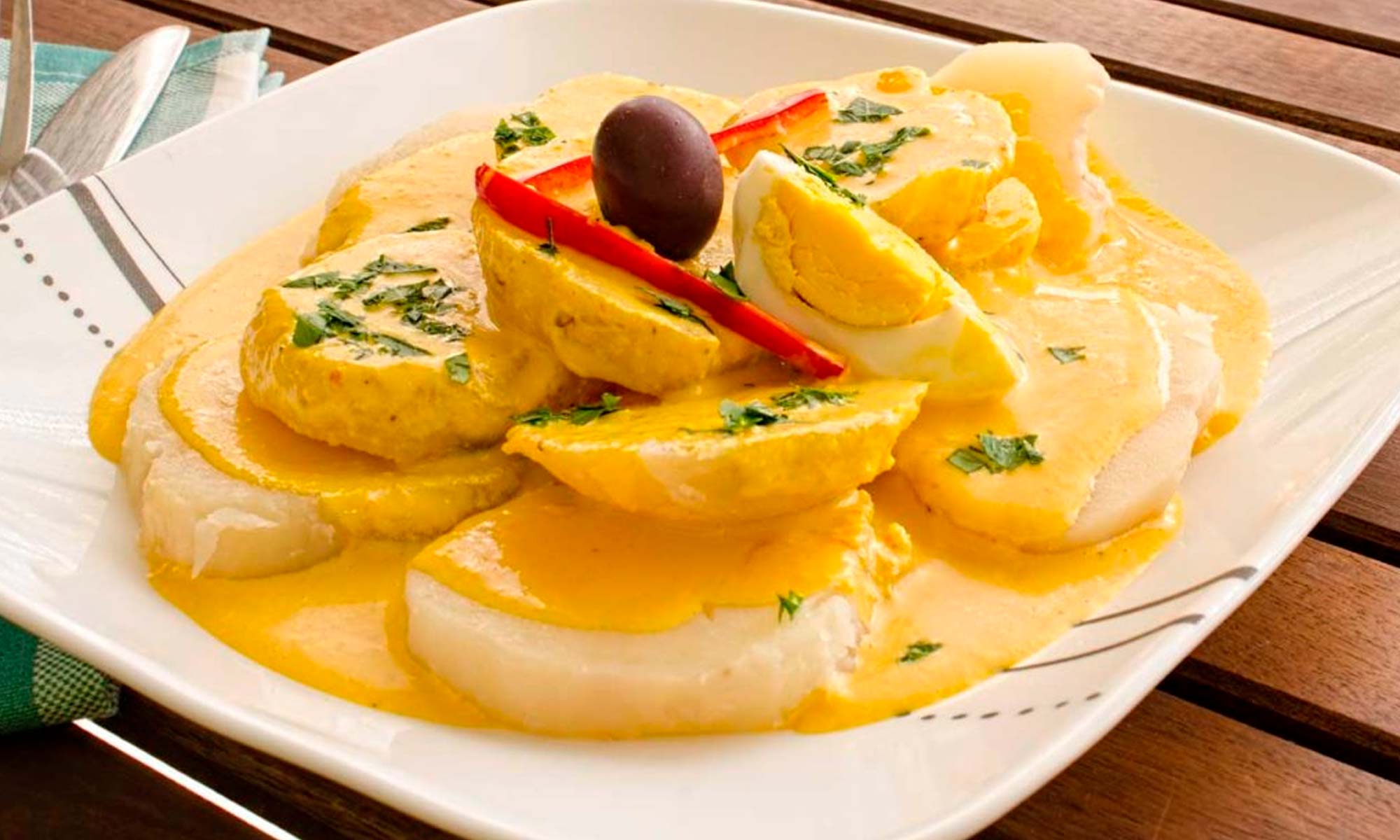
Best peruvian recipes
Undoubtedly, Peruvian food is one of the most acclaimed in the world thanks to the creative quality of its chefs, the generosity of a territory rich in first-class raw materials, a culinary history open to renewal and the sum of different cultures.
Without neglecting its essence: on the contrary, it constantly looks back to rescue valuable dishes and ingredients from the past.
Therefore, if you go to Peru and try some of the dishes mentioned in this post, you will be connecting with the culture and origins of this society, one of the most colorful in Latin America.
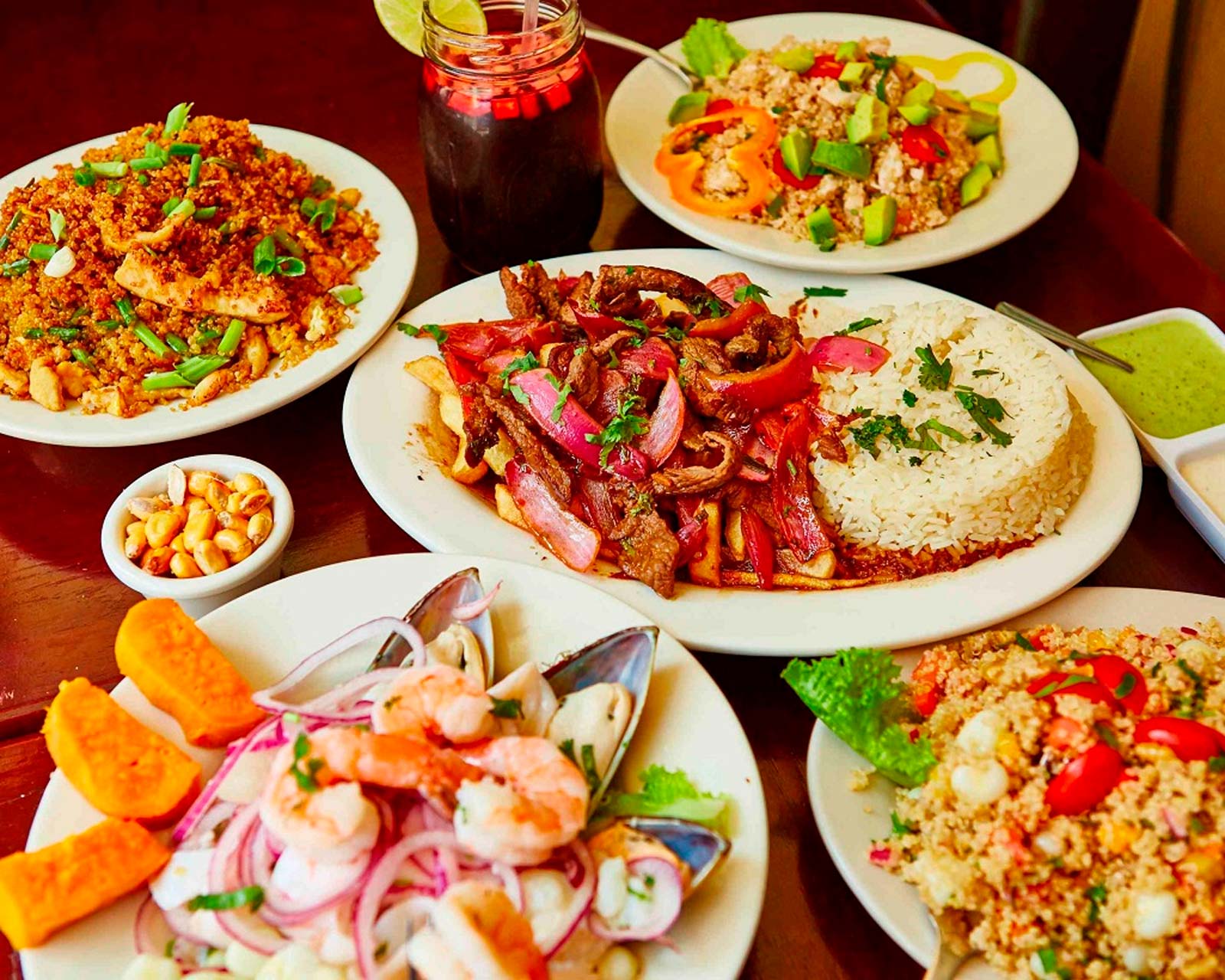
Coffee and Cocoa Route
If you are passionate about Peruvian gastronomy, we encourage you to share this content on social networks.
Do you think that Peruvian food already has a place in the minds of people around the world? Do you think that campaigns should be carried out to promote other regional dishes and not only ceviche or lomo saltado? Are there several Peruvian dishes not mentioned in this post, could you contribute some more?
Let’s go! Comment now, we are friends here and we want to know your thoughts to know more about Peru and its food.




